Share
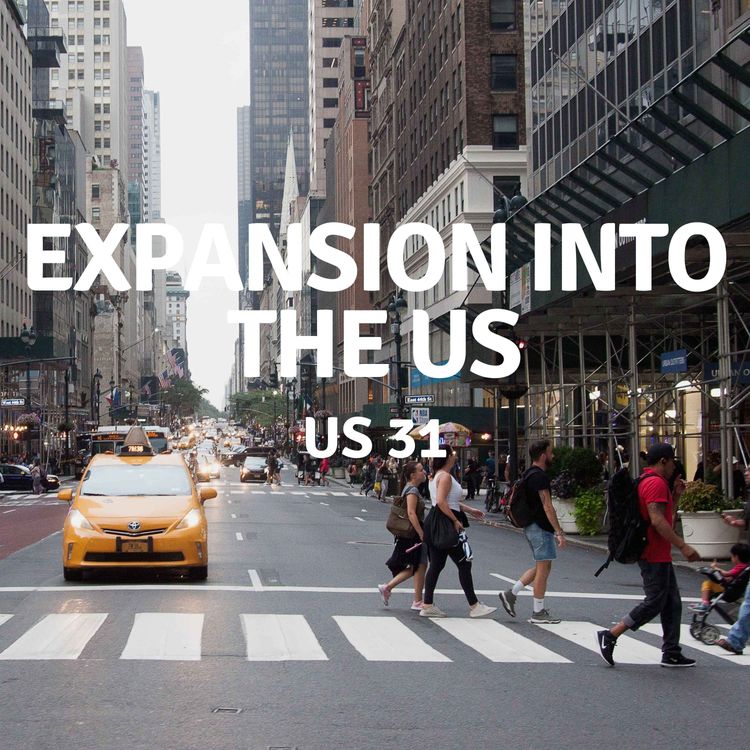
US Tax
US 31 | Expansion into the US
Season 1
•
When your clients plan an expansion into the US, they will most likely ask you how to structure this. Should they just trade through their Australian entity? Or set up an entity in the US?
More episodes
View all episodes

US 33 | American Kleptocracy
15:30||Season 1
US 32 | US - AU Tax Questions
22:19||Season 1
US 30 | US Public and Private Markets
22:32||Season 1How you structure into US public and private markets depends on whether you invest for cash flow or capital growth. How should you structure your passive investments in the US? Set up a US entity or trade through your Australian entity?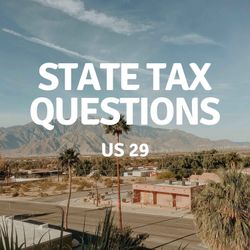
US 29 | State Tax Questions
19:52|There is a sharp distinction between the econcomic nexus for sales tax and the one for state income tax.
US 28 | PL 86 - 272
39:47||Season 1We already mentioned PL 86-272 a number of times in past episodes. Frances Ellington mentioned it and then also Ed Antolin. Today let’s drill deeper because losing the protection that PL 86-272 grants you, can cost you a lot of money in state income taxes. While PL 86-272 is federal law and so applies to all 50 states, let’s discuss the technical advice memorandum California’s Franchise Tax Board issued. Because California is trying to limit the application of PL 86-272 and chances are that other states will follow suite.And just one comment on the side: The state revenue office in California is called the Franchise Tax Board, in short FTB.The speaker in this episode is Edwin Antolin of Vallejo Antolin Agarwal Kanter, or in short VAAK, in Walnut Creek, California about California’s technical advice memorandum to PL 86-272.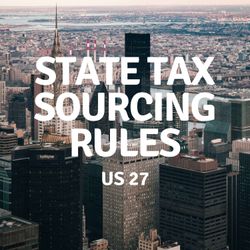
US 27 | State Tax Sourcing Rules
16:06||Season 1Let’s talk about state tax sourcing rules. How do you determine which income is taxable in which state? If you sell into California but also into lots of other states, how do you determine what is taxable in California and what is taxable in other states? That is the question that Ed Antolin of Vallejo Antolin Agarwal Kanter, or in short VAAK in Walnut Creek, California will discuss with you.To determine which net income is taxable where, you look at sales. You determine the sales for each state. And then you apply that percentage to your net income. That portion of net income is then taxable in that particular state. But in addition - if a particular state has the throwback rule - then any net income in tax-free states is then also added to your taxable income in that state.What you do when you have sales in two states with a throwback rule. So let’s say you have sales in California and Colorado. Both states use the throwback rule. But then you also sell into Wyoming which has no state income tax. So the throwback rule applies. But which state gets that net income? California or Colorado?If a state has a throwback rule like California, the sales gets thrown back to the state from which the goods were sent. For example, if you store inventory in CA and sell to a customer in WY, the sales are thrown back to CA. So the state that gets the throwback is the state from which the inventory was sent.So in our example of California v Colorado. If the goods were sent from California, California gets to tax the Wyoming net income. And if the goods were sent from Colorado, then Coloardo gets to tax that income under the throw back rules since Wyoming has no income tax. So that makes it even more important to store your goods in a low tax state.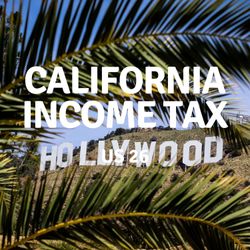
US 26 | California Income Tax
29:03||Season 1In US update 24 Frances Ellington already gave you a first overview of Californian income tax. In this update let’s drill deeper with Ed Antolin of Vallejo Antolin Agarwal Kanter, or in short VAAK in Walnut Creek, California.Just like with federal income tax, you have to distinguish between individual and corporate state income tax. So the first question to Ed Antolin is: what triggers corporate income tax in California? Only physical presence or is there - just like with sales tax - an economic nexus?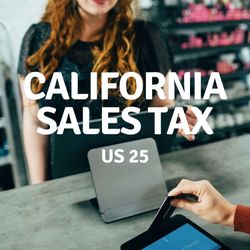
US 25 | California Sales Tax
39:30||Season 1Until June 2018 US sales tax was relatively straight forward. States could only charge you sales tax if you had a physical presence in the state, like a shop or a warehouse.But then came the famous court case South Dakota v Wayfair, and there the Supreme Court decided on the 21st of June 2018 that the states were not limited to physical presence as a nexus, but could also charge sales tax based on an economic nexus. And so today pretty much all states charge sales tax - if they have sales tax - based on physical presence or an economic nexus. And so does California.California - it has a population of 40m people and the 5th largest economy in the world after the US as a whole, China, Japan and Germany, and more productive than India or the UK. So when your clients expand into the US, there is a high chance that a large part of their sales will be in California, and that puts Californian sales tax onto the table.The speaker in this episode is Edwin Antolin of Vallejo Antolin Agarwal Kanter, or in short VAAK, in Walnut Creek, California. Ed will walk through the pitfalls of Californian sales tax.In this episode we will also discuss the marketplace facilitator rules. 44 of the 50 states have implemented marketplace facilitator rules. And what this does it that it creates another nexus.So California just like any other state can only charge you sales tax, if there is a nexus to California, a connection between you and California. And this nexus can be a physical presence because you store inventory in California, it can be an economic nexus because your sales in California exceed $500k, but the nexus can also be established when you sell through a marketplace facilitator, like Amazon, Etsy, eBay, Walmart and the lot. Then this facilitator becomes the retailer and is hence liable for sales tax. However, Shopify is not a marketplace facilitator. So the marketplace facilitator rules don’t apply to Shopify and Woocommerce and other platforms where the shopfront is basically yours and the platform just provides the backend.